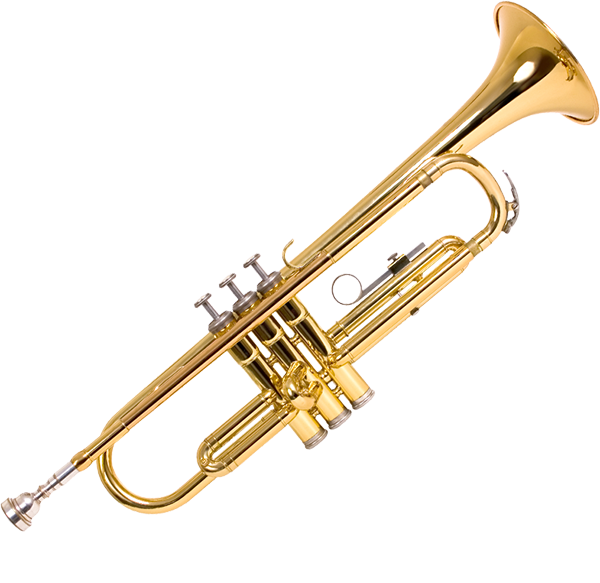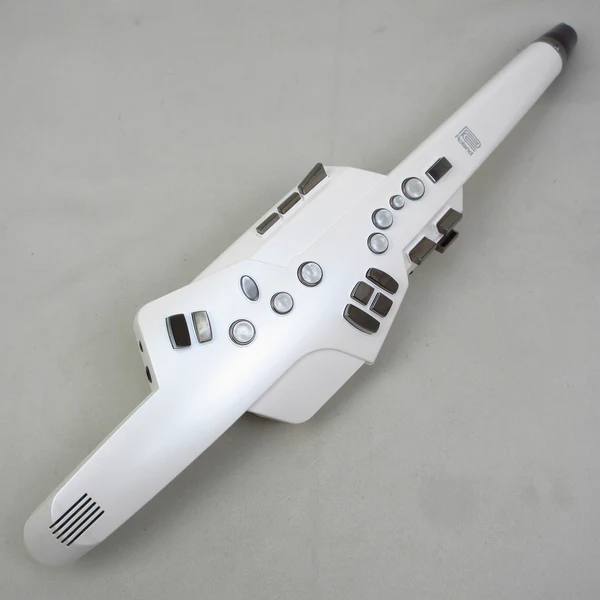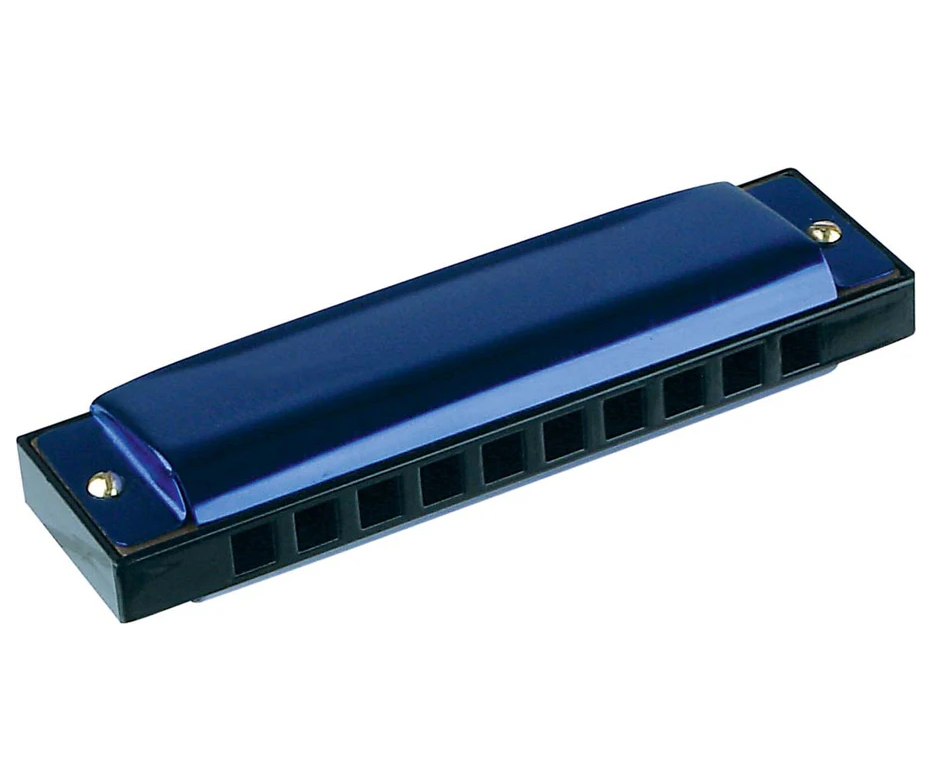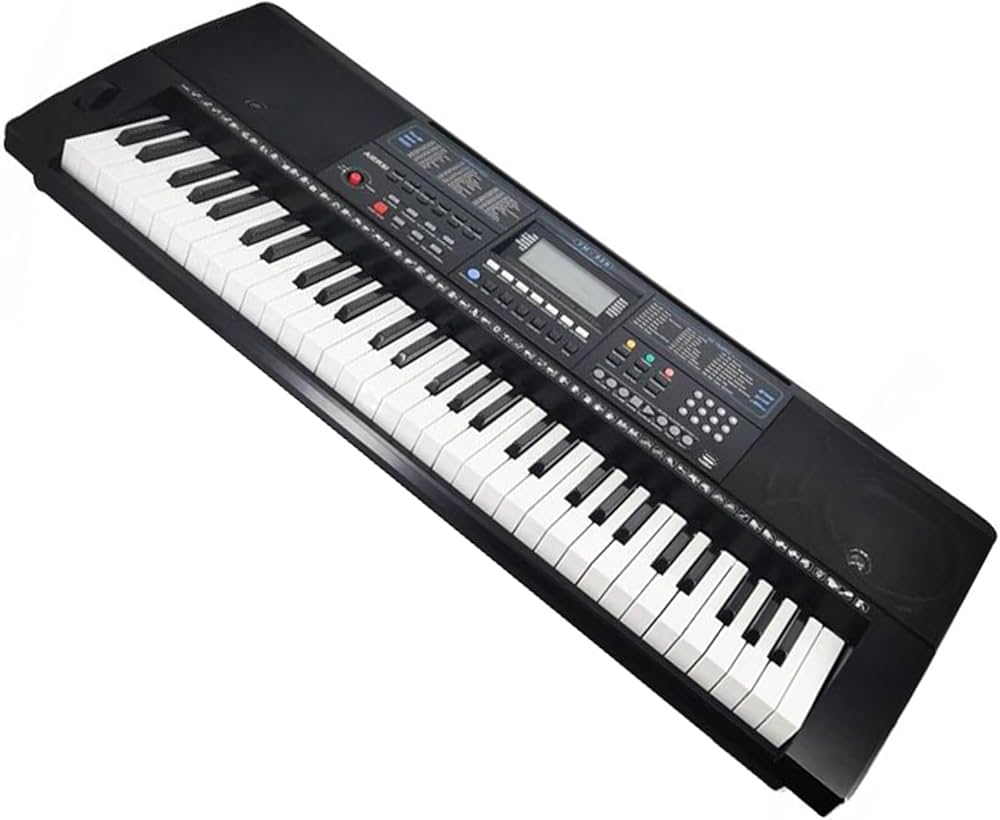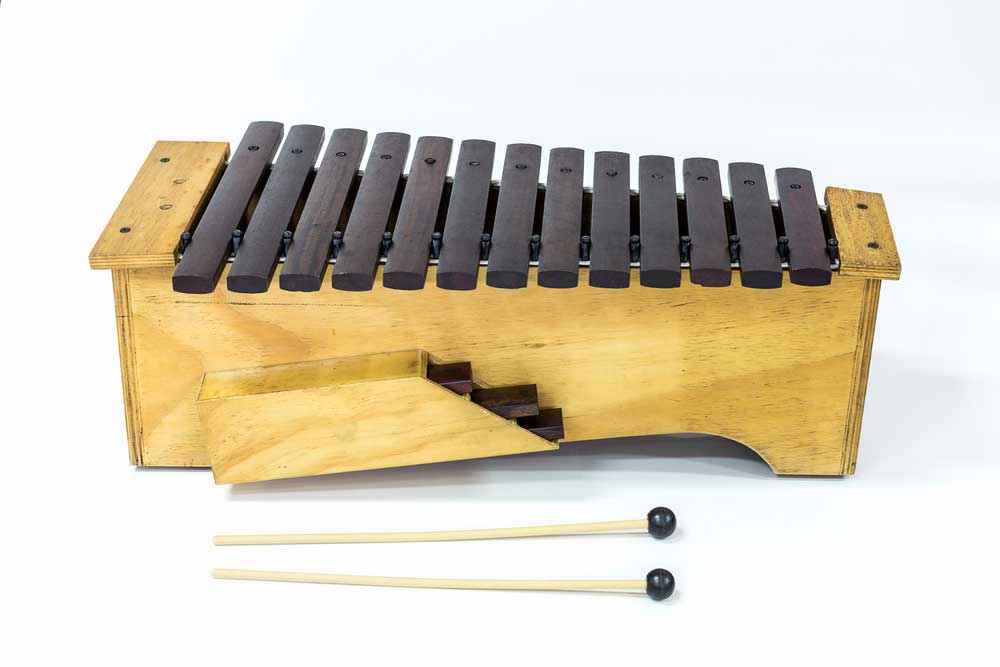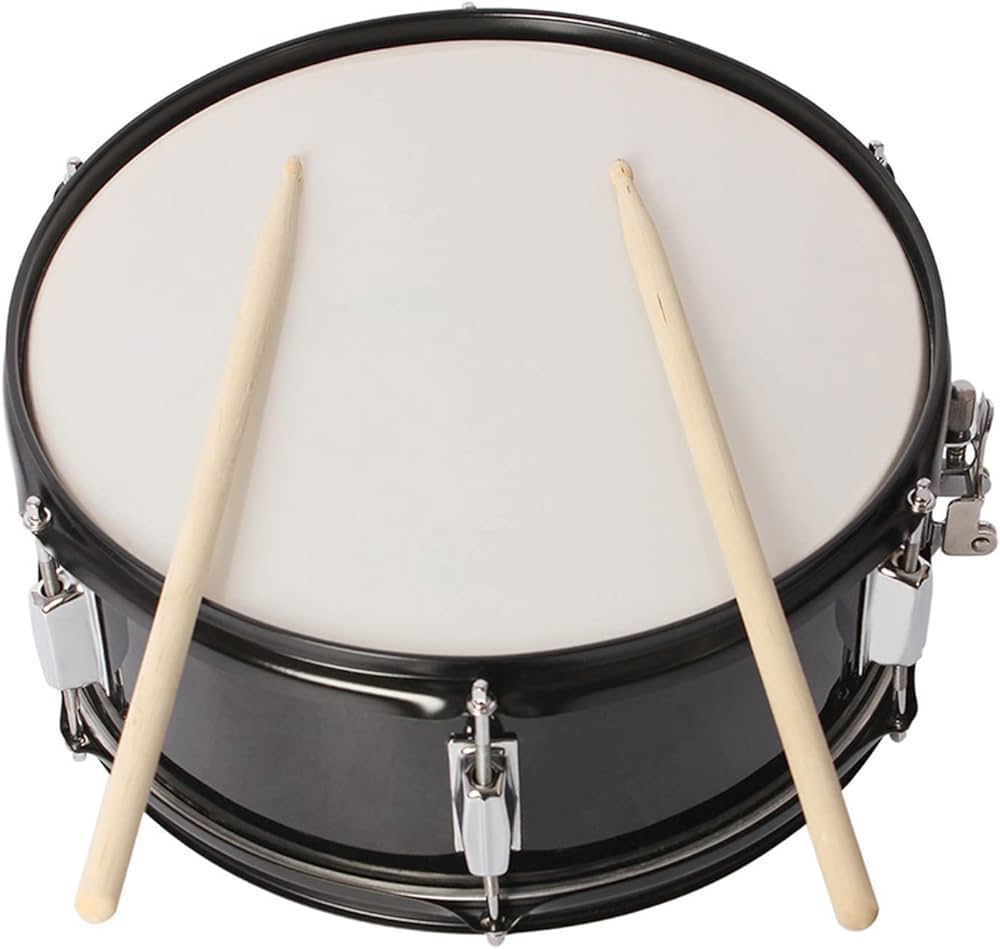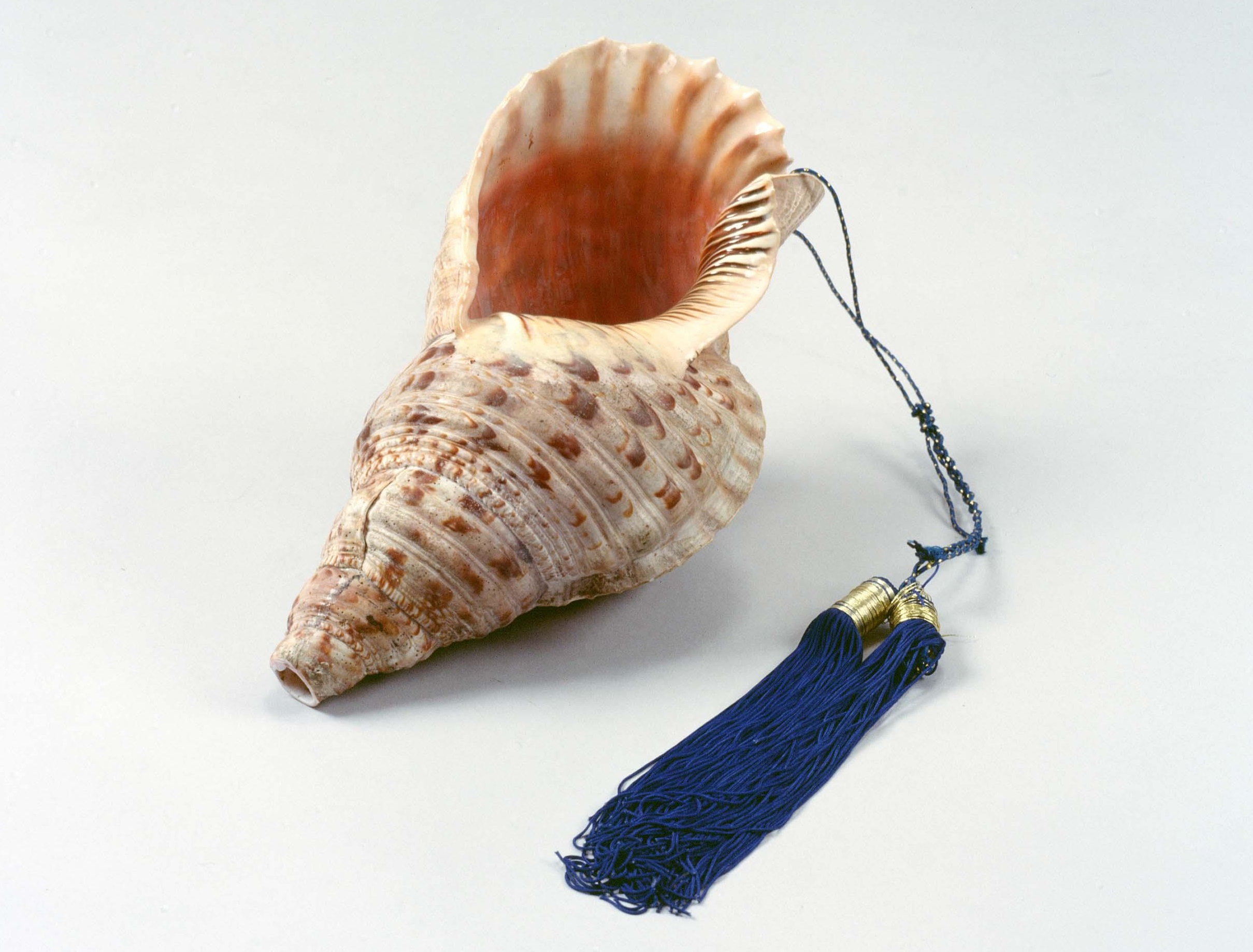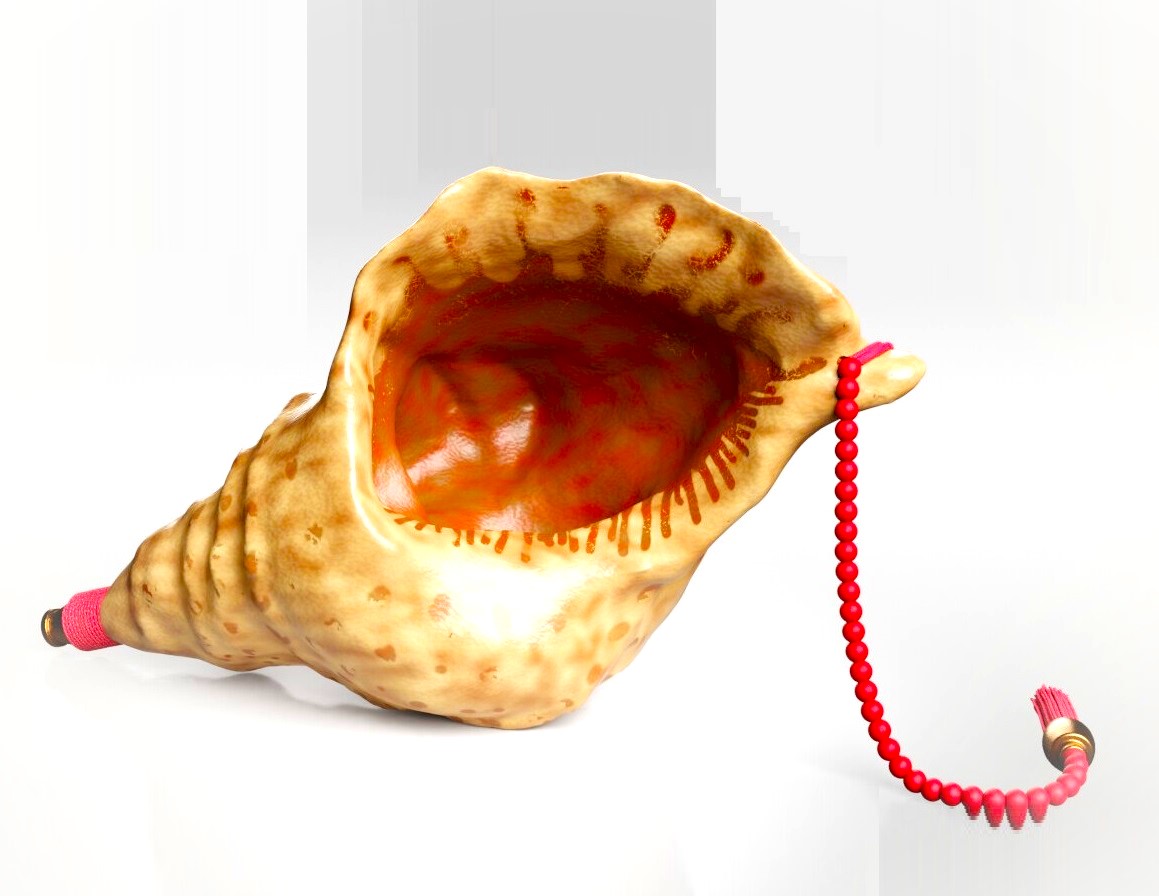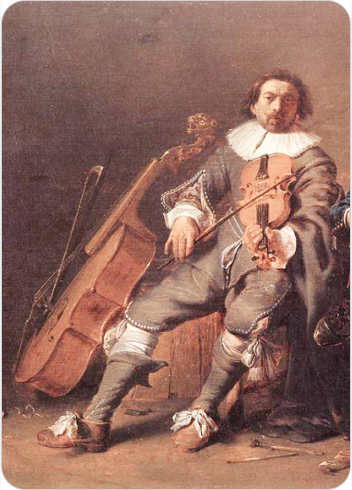Nagak
Vessel Flutes
Asia
Between 0 and 1000 AD
The Nagak is a traditional Korean wind instrument crafted from a large seashell, specifically a conch. Known by various names such as na, sora, or godong, this instrument holds a distinctive place in Korea’s musical heritage. The Nagak is primarily used as a horn and is characterized by its ability to produce only a single tone. Unlike many other musical instruments that offer melodic versatility, the Nagak’s simplicity lies in its singular sound, which resonates deeply in ceremonial and military contexts. Its tone, often described as low and vibrating, is reminiscent of a boat whistle, creating an auditory experience that is both commanding and evocative.
Type of Instrument
The Nagak falls under the classification of aerophones, specifically natural trumpets. Aerophones are instruments that produce sound primarily through vibrating air without the use of strings or membranes. As a natural trumpet, the Nagak shares similarities with other shell horns found across different cultures, such as Japan’s Horagai and India’s Shankha. However, its unique construction and cultural significance set it apart.
Unlike modern brass instruments equipped with valves or keys for altering pitch, the Nagak relies solely on the player’s embouchure and breath control to produce its singular tone. This limitation underscores its role as a signaling device rather than a melodic instrument. The Nagak’s simplicity aligns with its historical use in military procession music (daechwita), where its primary function was to convey signals rather than create elaborate musical compositions.
History
The origins of the Nagak can be traced back to Korea’s Goryeo dynasty (918–1392), making it an integral part of Korean history and culture for centuries. Historical records indicate that the instrument was introduced to Korea from China during the Ming dynasty, highlighting cultural exchanges between these neighboring civilizations. While its exact date of introduction remains uncertain, its presence during the Goryeo period establishes it as a significant artifact of medieval Korean music. The Nagak was predominantly utilized in military contexts, particularly in daechwita, a form of procession music performed during royal ceremonies and military parades. Its singular tone served as an auditory marker for various ceremonial actions, emphasizing its role as a functional rather than purely artistic instrument. Beyond military applications, the Nagak also found use in rural settings among farmers, where it signaled the beginning and end of performances in nongak (farmers’ music).
Globally, conch-based instruments like the Nagak have been used across continents for centuries. Similar instruments have been documented in Pacific Island cultures, South America, Southern Asia, and even prehistoric Europe. This widespread use underscores the universal appeal of natural horns crafted from conch shells.
Construction and Design
The construction of the Nagak begins with selecting an appropriate conch shell from marine gastropods such as triton or strombus. These shells are chosen for their size and natural conical bore, which facilitates sound production. Once selected, artisans create a hole at the pointed end of the shell to serve as the mouthpiece opening. In some cases, wooden or metal mouthpieces are inserted to enhance playability. The design of the Nagak is minimalist yet functional. Its organic nature means that each instrument varies slightly in size and shape depending on the shell used. Despite these variations, all Nagaks share common features: they produce a single tone and require embouchure techniques to generate sound from harmonic series notes.
Decorative elements are often added to enhance its appearance during performances. Shells may be adorned with cloth wraps or painted designs that reflect Korean artistic traditions. These embellishments do not alter the instrument’s sound but contribute to its visual appeal in ceremonial settings.
Types of Nagaks
While there are no distinct types of Nagaks within Korean tradition, variations can occur based on the size and species of conch shells used. Larger shells typically produce deeper tones due to their greater resonating capacity, while smaller shells yield higher-pitched sounds. These differences are not categorized formally but rather reflect natural variations inherent in using organic materials. Globally similar instruments include Japan’s Horagai and India’s Shankha. These counterparts share functional similarities with the Nagak but differ in cultural context and design specifics. For instance, Japanese Horagai often feature additional modifications like tone holes for altering pitch—a feature rarely seen in Korean Nagaks.
Characteristics
The defining characteristic of the Nagak is its ability to produce only one sustained tone. This limitation does not detract from its significance; rather, it emphasizes its role as a signaling device within Korean traditional music. The sound produced by the Nagak is low-pitched and resonant, capable of carrying over long distances—a feature particularly useful in outdoor ceremonial settings. Playing the Nagak requires skillful control of breath and embouchure to achieve consistent tonal quality. Unlike melodic instruments that offer diverse notes through finger holes or valves, mastering the Nagak involves perfecting airflow techniques to maintain its singular tone throughout performances.
Its organic construction further adds to its uniqueness. Unlike factory-made brass instruments with standardized dimensions, each Nagak reflects individual craftsmanship influenced by natural variations in shell size and shape.
Playing Techniques and Sound Modifications
The nagak, a traditional Korean wind instrument, is a conch shell used primarily in military and ceremonial music. The playing technique involves blowing air through a hole drilled into the shell’s apex, producing a deep, resonant sound. Players often use circular breathing to sustain long notes, a technique that requires practice and skill. The pitch and tone can be modified by adjusting the shape of the lips and the amount of air blown into the shell. Additionally, the sound can be altered by partially covering the opening with the hand or by using a mute, which can create a more subdued or muffled tone. The nagak’s sound is often described as haunting and powerful, making it a distinctive voice in traditional Korean music.
Applications in Music
The nagak is predominantly used in Korean court and military music, particularly in ensembles such as the daechwita, which accompanies royal processions and ceremonies. Its deep, resonant tone adds a layer of grandeur and solemnity to these performances. In contemporary music, the nagak has found a place in fusion genres, where it is used to add an exotic or traditional element to modern compositions. Its unique sound has also been employed in film scores and theatrical productions to evoke a sense of historical or cultural authenticity.
Most Influential Players
While the nagak is not as widely recognized as other traditional Korean instruments, several musicians have contributed to its prominence. Notable players include Kim Young-dong, who has been instrumental in preserving and promoting traditional Korean music. His performances with the nagak have brought attention to the instrument’s unique qualities and its role in Korean cultural heritage. Another influential figure is Lee Saeng-kang, who has incorporated the nagak into contemporary music projects, demonstrating its versatility and potential for innovation.
Maintenance and Care
Proper maintenance of the nagak is essential to preserve its sound and structural integrity. The conch shell should be cleaned regularly with a soft cloth to remove dust and moisture, which can affect its resonance. It is important to store the instrument in a dry, temperate environment to prevent cracking or warping. The mouthpiece, if present, should be inspected for wear and tear, and replaced if necessary. Players should also avoid exposing the nagak to extreme temperatures or humidity, as these conditions can damage the shell and alter its sound.
Cultural Significance
The nagak holds a significant place in Korean culture, symbolizing power and authority. Its use in military music dates back to the Joseon Dynasty, where it was played during royal processions and ceremonies to announce the arrival of the king or other high-ranking officials. The instrument’s deep, resonant sound was believed to ward off evil spirits and bring good fortune.
In contemporary times, the nagak continues to be a symbol of Korean heritage, often featured in cultural festivals and performances that aim to preserve and promote traditional music. Its enduring presence in Korean culture underscores its importance as a link to the past and a source of national pride.
FAQ
What is the history of the Nagak musical instrument?
The Nagak is a traditional Korean wind instrument with origins in military and ceremonial use. It dates back to the Goryeo Dynasty (918–1392) and was primarily used to signal troops. The instrument resembles a conch shell and produces a deep, resonant sound. It remains an essential part of Korean military and court music.
What material is used to make the Nagak?
The Nagak is traditionally crafted from a large conch shell, often reinforced with metal or wood for durability. Its natural shape serves as the resonating chamber, producing a deep and powerful sound. The mouthpiece is typically shaped to facilitate blowing, allowing for long, sustained tones. This construction enhances its unique tonal qualities.
How is the Nagak used in music?
The Nagak is used in Korean military and ceremonial music, particularly in Daechwita, a form of traditional military band music. It provides a loud, commanding sound that signals processions and formations. The instrument plays a crucial role in preserving Korea’s musical heritage. Its powerful, sustained notes create an imposing atmosphere.
 Links
Links
References
Other Instrument
Categories

